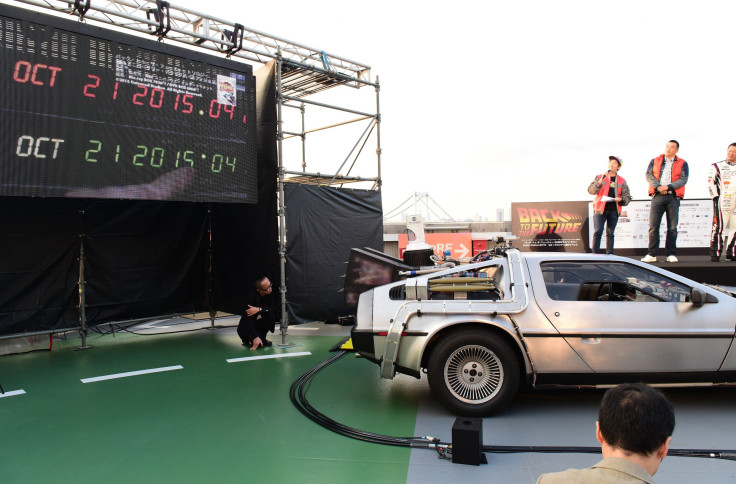'Back To The Future' Day: The Movies That Got The Future And Tech Right

October 21, 2015, is the "future" day Marty McFly arrived at in "Back to the Future II," where people zipped around on hoverboards. We don't have those yet, but the hit movie did get many other things right in terms of what the future would bring, such as wearable tech, VR systems and fingerprint technology. And it's not the only sci-fi movie to get aspects of the future correct.
The iconic "2001: A Space Odyssey" (1968), for one, predicted things like tablets, Skype-like video conferencing and voice-enabled information systems like Siri or Cortana. Other movies, such as "The Running Man" (1987), were able to predict the prevalence of reality television.
"Star Trek" was another sci-fi franchise that got a lot of things right about the future. Personal communicators, tablets, language translation systems, video conferencing and transparent aluminum were just a few things that were predicted in the shows and movies. As for warp speed? That remains squarely in the realm of sci-fi, for now.
Many visionary movies came from one sci-fi author. Philip K. Dick was the writer responsible for "Blade Runner" (1982), "Total Recall" (1990) and "Minority Report" (2002). "Blade Runner" featured massive digital billboards, "Total Recall" had driverless cars, while "Minority Report" may be the most prescient of the group. Much of that credit also goes to Steven Spielberg, screenwriters Scott Frank and Jon Cohen, and designer John Underkoffler. The 2002 movie was scarily accurate in predicting the future of technology.
"Minority Report" portrayed a world dominated by a touch interface. While not on the level of massive wall-sized screens, touch- and gesture-based interfaces are staples of smartphones and tablets. The FBI uses a pretty futuristic facial recognition system that can match faces to mugshots, according to Esquire.
To learn more about movies that got the future (mostly) right, check out ScreenRant's video below.
© Copyright IBTimes 2024. All rights reserved.












